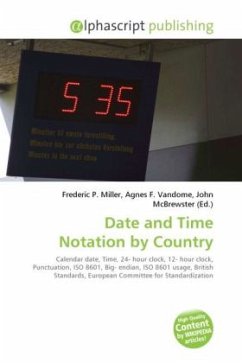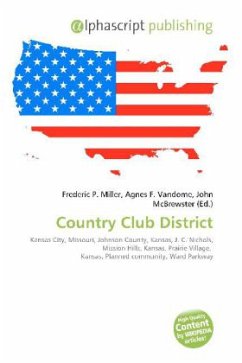High Quality Content by WIKIPEDIA articles! Different style conventions and habits exist around the world for dates and times in writing and speaking. Examples: The order that a year, month, and day are written, How weeks are identified, The 24-hour clock and/or the 12-hour clock, The punctuation used to separate elements in all-numeric times. Conventions for date and time can also differ substantially in writing and speaking. International standard ISO 8601 defines unambiguous (if all know and agree to the standard) written all-numeric big-endian formats for dates, such as 1999-12-31 for December 31, 1999; and time, such as 23:59:59 for 23 hours, 59 minutes, and 59 seconds (one second before midnight).m These standards notations have been adopted by many countries as a national standard (e.g., BS EN 28601 in the UK and similarly in other EU countries, ANSI INCITS 30-1997 (R2008), and FIPS PUB 4-2 in the United States). They are, in particular, increasingly widely used in computer applications.
Bitte wählen Sie Ihr Anliegen aus.
Rechnungen
Retourenschein anfordern
Bestellstatus
Storno








